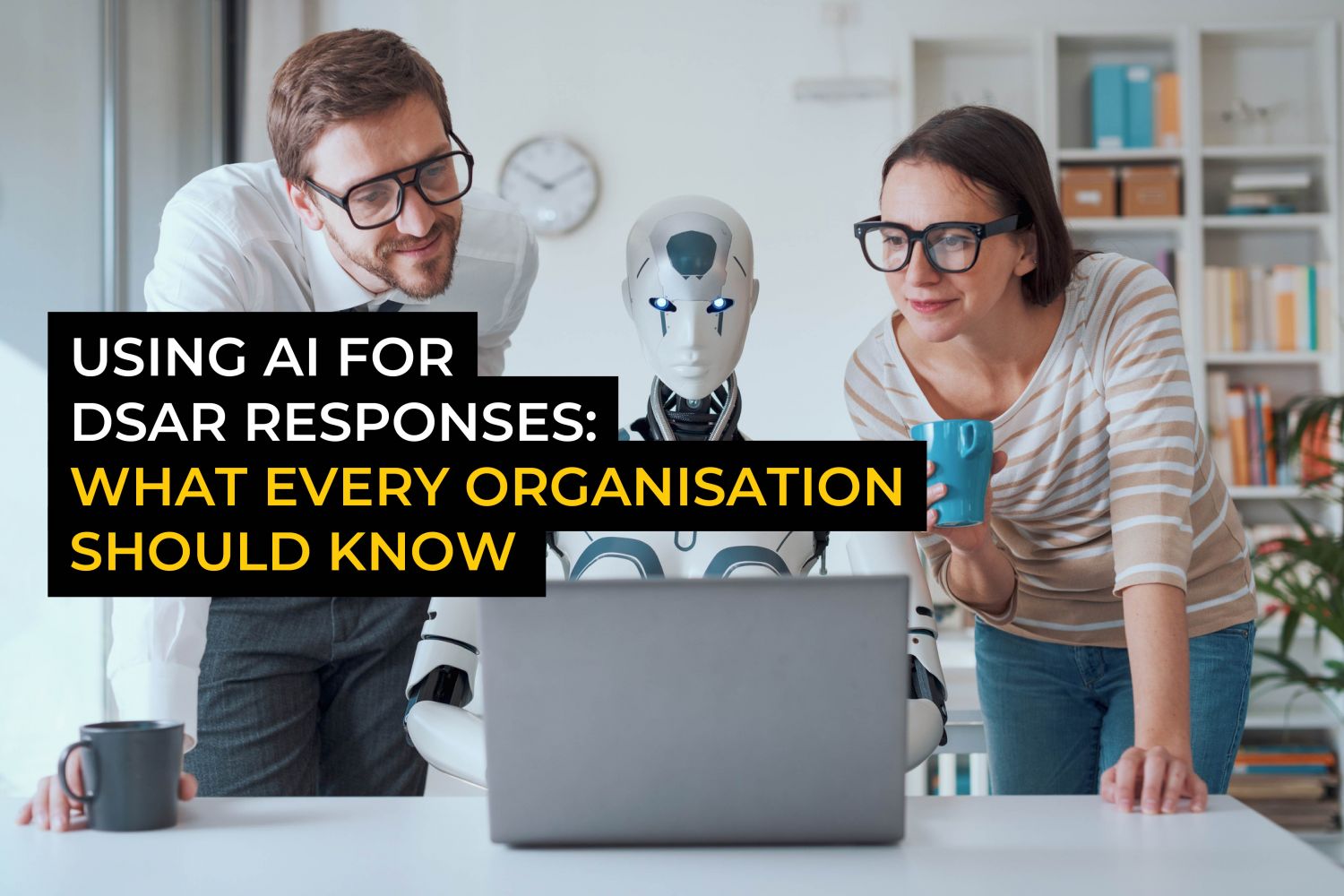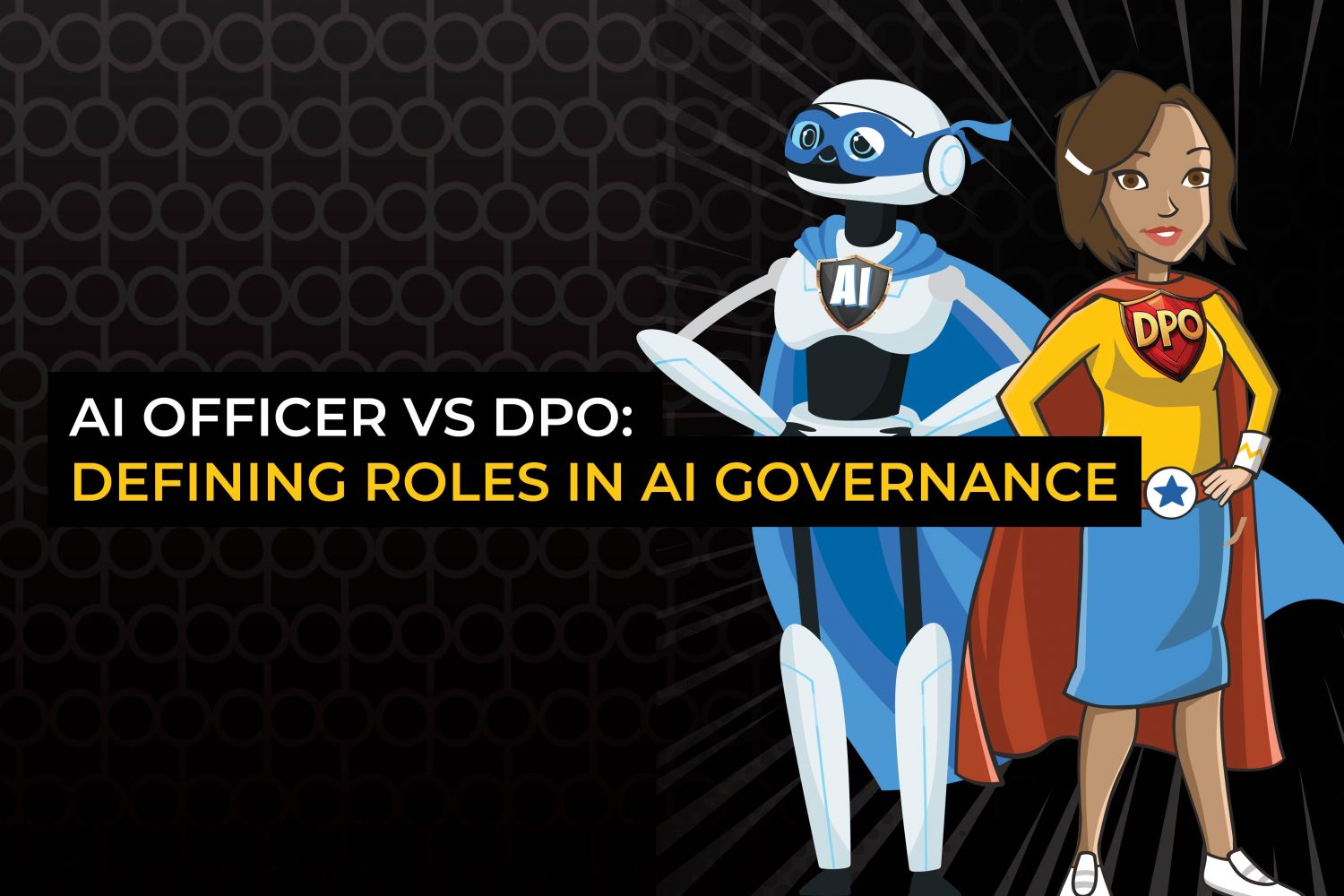As artificial intelligenceThe use of computer systems to perform tasks normally requiring human intelligence, such as decision-making, speech recognition, translation etc. (AI) becomes embedded into everyday business operations, many organisations are asking whether it can be applied to Data SubjectAn individual who can be identified or is identifiable from data. Access Requests (DSARs). From improving efficiency to reducing compliance risks, AI promises to streamline some of the most challenging aspects of DSAR response.
AI is a powerful enabler, but it is not a standalone solution. Effective DSAR handling still depends on expert judgement, accountabilityPerhaps the most important GDPR principle, which requires controllers to take responsibility for complying with the GDPR and, document their compliance., and in-depth understanding of regulatory obligations.
In this blog, we explore the role of AI in DSAR handling. We examine the challenges organisations face, weigh the benefits versus the risks, and share guidance on how to use these tools responsibly.
- What makes DSARs so challenging?
- Can AI help with DSARs?
- The hidden risks risks of relying on AI in DSAR responses
- Where AI can add value in DSAR handling
- How can organisations use AI in DSARs responsibly?








